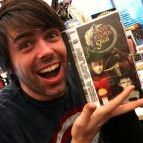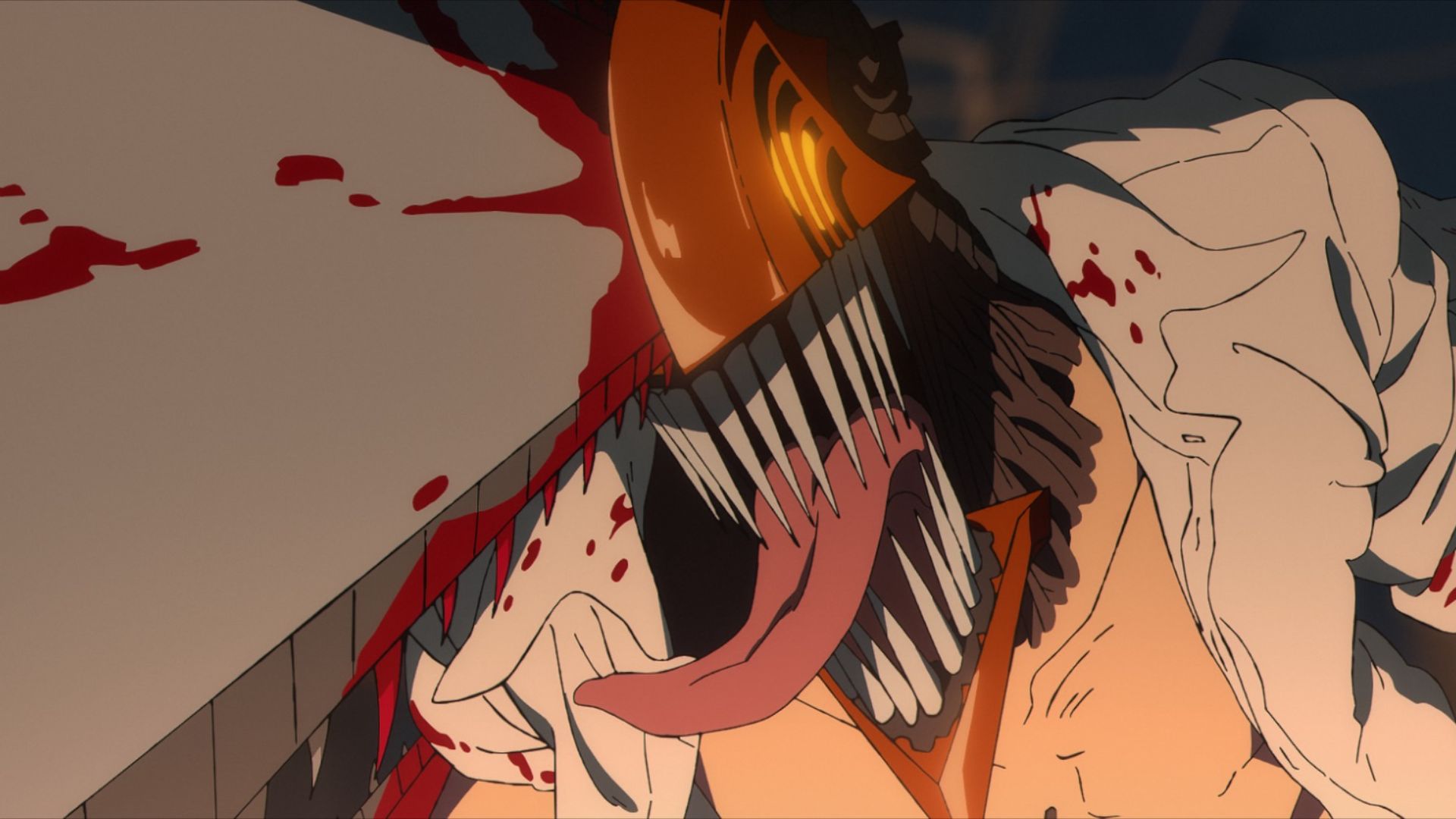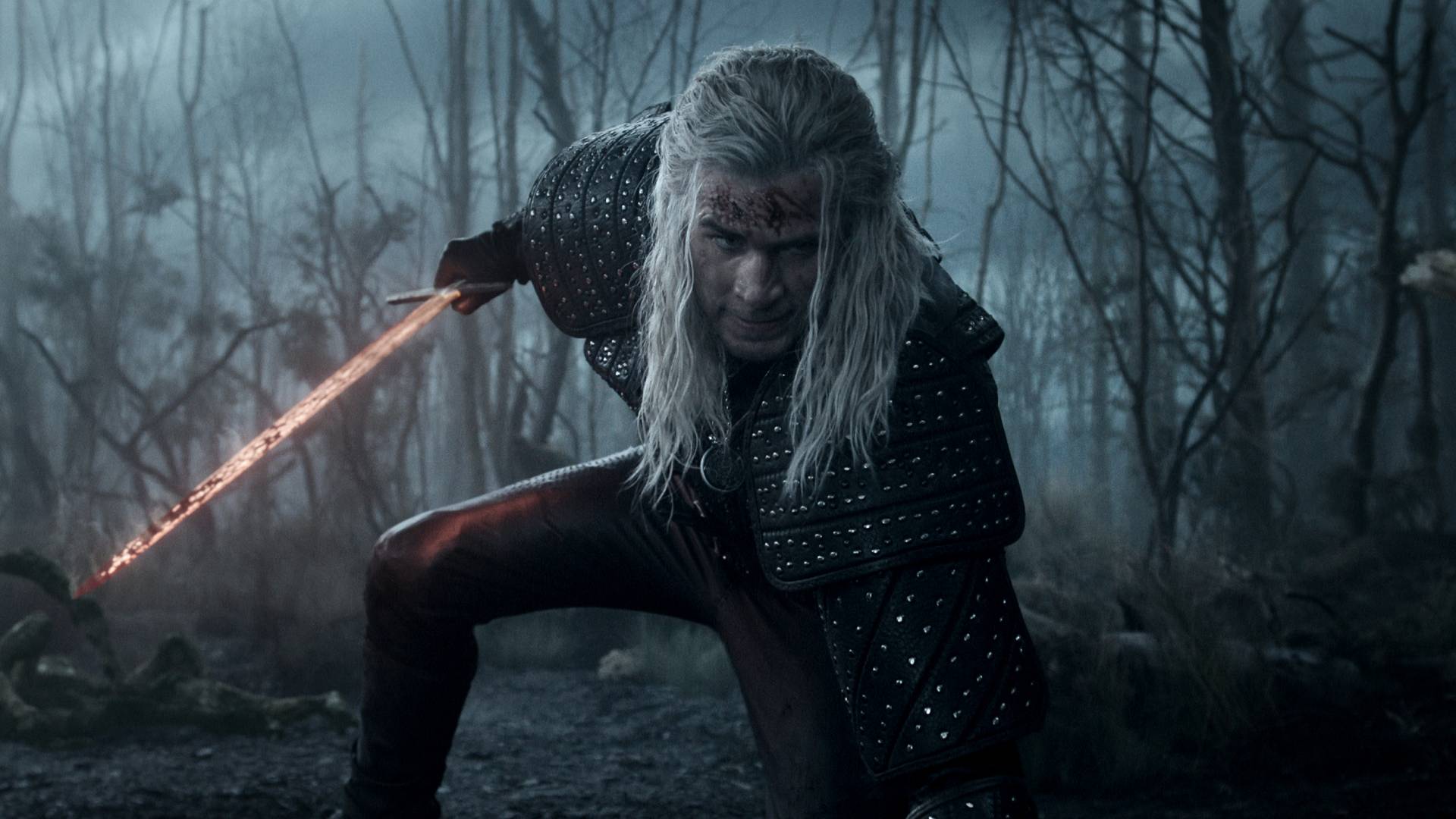Looking back: The Legend of Zelda
The Legend of Zelda: The Minish Cap | GBA (2005)
Link dons a talking hat, shrinks to microscopic size and vanquishes Vaati in this second handheld offering from Capcom and Flagship Studios.
The legend: During a festival celebrating the Picori, a pint-sized race of mice people, Vaati turns Zelda to stone and destroys the Picori Sword, a priceless relic at the heart of the celebration. Link is sent to find the Picori, or Minish, as only children can see them. Along the way he finds a living hat named Ezlo, gets directions from the Minish and sets out to collect four elemental items. After several dungeons, caves and bouts of shrinking and growing, Link faces Vaati, restores Zelda and returns Ezlo to his normal self - a Minish wizard.
Master swords: This was the first made-for-GBA Zelda, and as such was a welcome blend of Link to the Past nostalgia and new gameplay opportunities. The graphics were more vibrant than its predecessor and most of the typical items made way for new equipment. Link now had a jar that could suck in and blow out gusts of air, claws that could dig through dirt and a cape that let him fly for brief bursts. Just when we were about to complain about every Zelda having the same items, Cap comes along and tosses us something different.
Ezlo's main ability, other than smart-talking Link at the drop of a... hat, was shrinking Link down to the size of a Minish. This let Link sneak through previously unseen staircases and explore entire villages that would have otherwise gone unnoticed. Not exactly a groundbreaking idea, but a first for Zelda, and so well implemented that we didn't mind. The long, ongoing trade sequence of the Kinstones also kept us coming back again and again, eager to find a denizen of Hyrule with the other half of our broken stones.
Best Moment: Shrinking to Minish size and realizing that a town you've ran through 10 times already still has secrets to uncover.
I AM ERROR: It's a little off-center for a Zelda title, what with the emphasis on the Minish, Vaati and the Four Sword, but we really have a hard time lodging any standing complaints. The biggest drawback in our eyes is its lack of overall freshness - the game essentially plays like the other handheld Zelda games with new graphics and a shrinking ability. Some might have seen it as yet another side step when what they really wanted was a blasted successor to Ocarina of Time.
Weekly digests, tales from the communities you love, and more
It's a secret to everybody: Even though it was the first cart-based Zelda in years, Minish Cap came on a regular black cart - Perhaps to combat this, a special GBA SP was bundled with the game in some territories. It was gold and emblazoned with the Triforce image - If the dialogue is to be believed, there's considerable evidence to suggest that Minish Cap is the first game in the series, chronologically. There's no Ganon whatsoever and Link gains his full green costume at the end of the game.
Hero of time? It was a welcome rush of competence at a time of declining GBA software, a perfect aping of Four Swords and Link to the Past, but it didn't really advance anything. We'd recommend it to anyone, any time of the day, but the SNES original still towers over all other 2D Zelda games. 9/10
Link dons a talking hat, shrinks to microscopic size and vanquishes Vaati in this second handheld offering from Capcom and Flagship Studios.
The legend: During a festival celebrating the Picori, a pint-sized race of mice people, Vaati turns Zelda to stone and destroys the Picori Sword, a priceless relic at the heart of the celebration. Link is sent to find the Picori, or Minish, as only children can see them. Along the way he finds a living hat named Ezlo, gets directions from the Minish and sets out to collect four elemental items. After several dungeons, caves and bouts of shrinking and growing, Link faces Vaati, restores Zelda and returns Ezlo to his normal self - a Minish wizard.
Master swords: This was the first made-for-GBA Zelda, and as such was a welcome blend of Link to the Past nostalgia and new gameplay opportunities. The graphics were more vibrant than its predecessor and most of the typical items made way for new equipment. Link now had a jar that could suck in and blow out gusts of air, claws that could dig through dirt and a cape that let him fly for brief bursts. Just when we were about to complain about every Zelda having the same items, Cap comes along and tosses us something different.
Ezlo's main ability, other than smart-talking Link at the drop of a... hat, was shrinking Link down to the size of a Minish. This let Link sneak through previously unseen staircases and explore entire villages that would have otherwise gone unnoticed. Not exactly a groundbreaking idea, but a first for Zelda, and so well implemented that we didn't mind. The long, ongoing trade sequence of the Kinstones also kept us coming back again and again, eager to find a denizen of Hyrule with the other half of our broken stones.
Best Moment: Shrinking to Minish size and realizing that a town you've ran through 10 times already still has secrets to uncover.
I AM ERROR: It's a little off-center for a Zelda title, what with the emphasis on the Minish, Vaati and the Four Sword, but we really have a hard time lodging any standing complaints. The biggest drawback in our eyes is its lack of overall freshness - the game essentially plays like the other handheld Zelda games with new graphics and a shrinking ability. Some might have seen it as yet another side step when what they really wanted was a blasted successor to Ocarina of Time.
It's a secret to everybody: Even though it was the first cart-based Zelda in years, Minish Cap came on a regular black cart - Perhaps to combat this, a special GBA SP was bundled with the game in some territories. It was gold and emblazoned with the Triforce image - If the dialogue is to be believed, there's considerable evidence to suggest that Minish Cap is the first game in the series, chronologically. There's no Ganon whatsoever and Link gains his full green costume at the end of the game.
Hero of time? It was a welcome rush of competence at a time of declining GBA software, a perfect aping of Four Swords and Link to the Past, but it didn't really advance anything. We'd recommend it to anyone, any time of the day, but the SNES original still towers over all other 2D Zelda games. 9/10
A fomer Executive Editor at GamesRadar, Brett also contributed content to many other Future gaming publications including Nintendo Power, PC Gamer and Official Xbox Magazine. Brett has worked at Capcom in several senior roles, is an experienced podcaster, and now works as a Senior Manager of Content Communications at PlayStation SIE.



